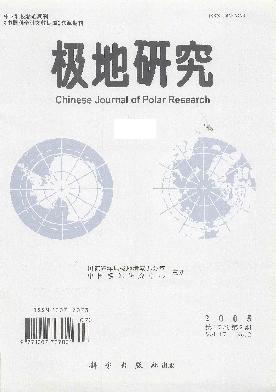China has established its first Arctic station, named Yellow River Station, in Ny-Alesund, Svalbard from Oct. 2003. A multiple wavelength monochromatic all-sky CCD imagers system has been deployed in this station, which monitors aurora phenomena on 427. 8nm,557. 7nm and 630. Onm. Wintering observation with the all-sky imagers system was carried out from Dec. 11th, 2003 to Feb. 25th, 2004, and about 1200 hours of aurora image data was collected. All those all-sky images were processed into keograms along the magnetic North-South direction o-ver time in UT. Multiple wavelengths characteristics of dayside aurora activities were investigated with these keograms and in reference to all-sky images. It was found that there are three repeatedly appearing aurora activity regions along the dayside aurora oval. They are, Region A a-round 0900MLT in which aurora moves poleward while its intensity decreasing, and its form changing from arc to corona widi time; Region B around 1330MLT in which aurora moves equa-torward while its intensity increasing, and its form changing from corona to arc in time; Region C around 1330MLT in which aurora expands poleward while its intensity decreasing, and its forma evolving from arc to multiple arcs in time. There is a narrow belt of aurora activity in North-South direction between Regions A and B, which is dominated by weak and red corona aurora. From morning to noon and evening, the dominating color of dayside aurora displays a systematic changing pattern as Green-Red-Green. The Region A aurora activity in this study coincides temporally with the prenoon aurora peak, while Region B together with Region C correspondent to the 15MLT "Hot Spot" in satellite observations. The features of narrow latitude range and weak intensity found with the aurora belt G around MLT noon could account for why it appeared as a "Midday Gap" in satellite observations. Interesting result of this study is that "Hot Spot" could be further divided into two activity regions with different characteristics.

